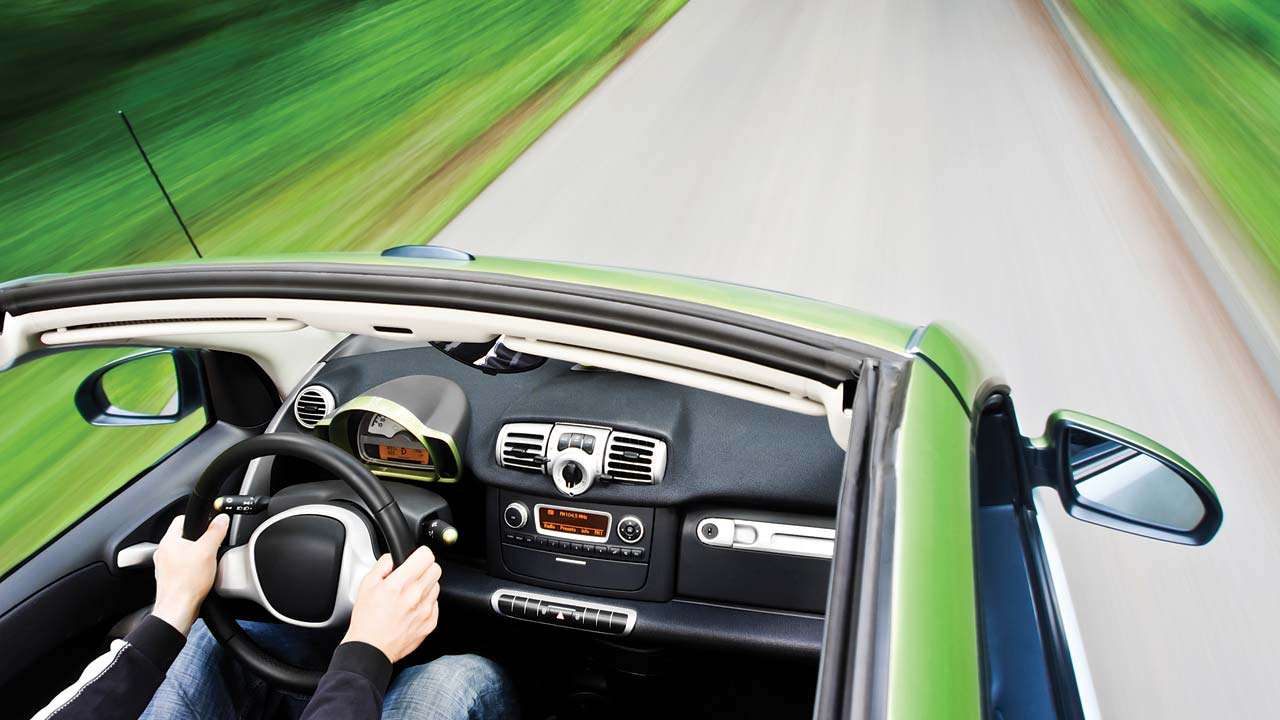
In line with the government’s intention to have 100 per cent Electric Vehicles (EVs) by 2030, NITI Aayog is strongly pushing for a Zero Emission Vehicle (ZEV) roadmap. Therefore, the think-tank through consultative approach invites constructive comments from the public to make 100 per cent zero-emission vehicles a reality in the country by 2030. As per Society for Indian Automobile Manufacturers, in 2016-17, 2.53 crore vehicles were produced, out of which 2.19 crore vehicles sold in the domestic market and 34 lakh were exported. Passenger vehicles contributed 37 lakh units; 13.9 per cent of domestic sales. As per the Automotive Mission Plan, the growth of vehicles, particularly passenger vehicles, is expected to reach 9.4 crore units per annum by 2026. Massive transformation in mobility sector demands serious planning followed by timely execution. Therefore, NITI Aayog identifies critical areas to assess domestic potential for mobility technologies: electric vehicles, fuel cell technology, and strong hybrids. Initially, survival of Indian manufacturers may largely depend on domestic market opportunities and, I believe, India’s domestic market is big enough to drive ZEV revolution in the country. Simultaneously, global markets could provide substantial support to competitive Indian ZEV producers. At a later stage of ZEV product life cycle, Indian producers might exploit possible competitive and comparative advantages. In 2017, China sold 24.7 million passenger cars, which means Chinese market is 6 times bigger than India and emerging Chinese ZEV market could offer scope for export.
The government must simultaneously work on promoting ZEV in all classes of vehicles. However, considering consumer acceptability, passenger cars, three-wheelers, and two-wheelers may be given importance now. Gradually, enabling infrastructure and market opportunities could drive zero emission commercial fleet and trucks. ZEV demand largely depends on price of the vehicle, demand incentives, range of the vehicle, charging capacity, availability of charging infrastructur and reduced charging time. On most of the above parameters, India needs massive efforts to reach near the global benchmark.
China has strongly pushed for battery electric vehicle (BEV) and Plug-in Hybrid Electric Vehicle (PHEV). To be specific, under BEV category, China sold 4,68,000 passenger cars and 1,98,000 commercial vehicles in 2017, registering strong growth of 82.1 per cent and 16.3 per cent year-on-year. In 2017, under PHEV category, China sold 1,11,000 passenger cars and 14,000 commercial vehicles, registering year-on-year growth of 39.4 per cent and 26.6 per cent, respectively.
While Chinese automobile industry has already taken big strides to advance ZEV transformation, their Indian counterparts are yet to realize full potential. Baby steps taken by the Indian manufacturers, primarily driven by government thrust are yet to give comparable results with reference to global market leaders.
To match the global market ZEV trends, Indian manufacturers are aspiring for additional government incentives including lower GST rate, sizable income tax benefits, waiver on road tax and toll charges, free parking, and a 50 per cent reduction in power tariff for charging EVs. Further, electric home charging schemes and lowering ownership cost of ZEV will facilitate a higher domestic adoption of ZEV. Currently, a few states like Goa and Maharashtra are offering registration fee waiver for BEV. Other states may soon follow for rapid expansion of ZEV market.
European nations like Belgium, UK, France and Germany have been offering purchase grants and ownership tax benefits to expand ZEV base. France offers incentives in the range of Euro 4500 (Rs. 3.55 lakh) to Euro 10000 (Rs 7.9 lakh) for swapping diesel vehicles with electric vehicles. The US offers Plug-In Electric Drive Vehicle Credit in the range of $2500-7500 to the buyers acquiring for use or lease predominantly in the US but not for resale.
To accelerate growth of ZEV, Norway introduced multiple incentives at various stages of ZEV market development: no purchase or import taxes (1990); low annual road tax (1996); no charges on toll roads or ferries (1997 and 2009); free municipal parking (1999); 50 per cent reduced company car tax (2000); exemption from 25 per cent VAT on purchase (2001), access to bus lanes (2005) and exemption from 25 per cent VAT on leasing (2015). Today, Norway is the leading European EV market.
India’s Faster Adoption and Manufacturing of Hybrid and Electric vehicles (FAME) scheme launched in April 2015 identifies four focus areas: technology platform, demand incentives, charging infrastructure, pilot projects, and IEC/operation. Under FAME scheme, a total of Rs 394 crore was allocated during April 2015-March 2018 and till June 2017, Rs 284 crore was utilized. By end 2017, under the scheme, 1,63,997 electric/hybrid vehicle buyers benefited from demand incentives.
As per the available data, demand incentives amounting to Rs 192.56 crore consumed 67.8 per cent of utilized fund.
Further, cities such as Delhi, Jaipur, Ahmedabad, Bangalore, Mumbai, Lucknow, Hyderabad, Indore, Kolkata, Jammu and Guwahati have been chosen for pilot project of Multi-Modal Electric Public Transport under FAME. These cities would receive Rs 437-crore financial support for procuring a total of 390 buses, 370 taxis and 720 three wheelers.
Some people still feel ZEV is far from reality in the Indian context. However, I strongly believe foundations are laid for a mind-boggling growth of ZEV in India.
The author is Head of Department of Management Studies at Rajiv Gandhi Institute of Petroleum Technology